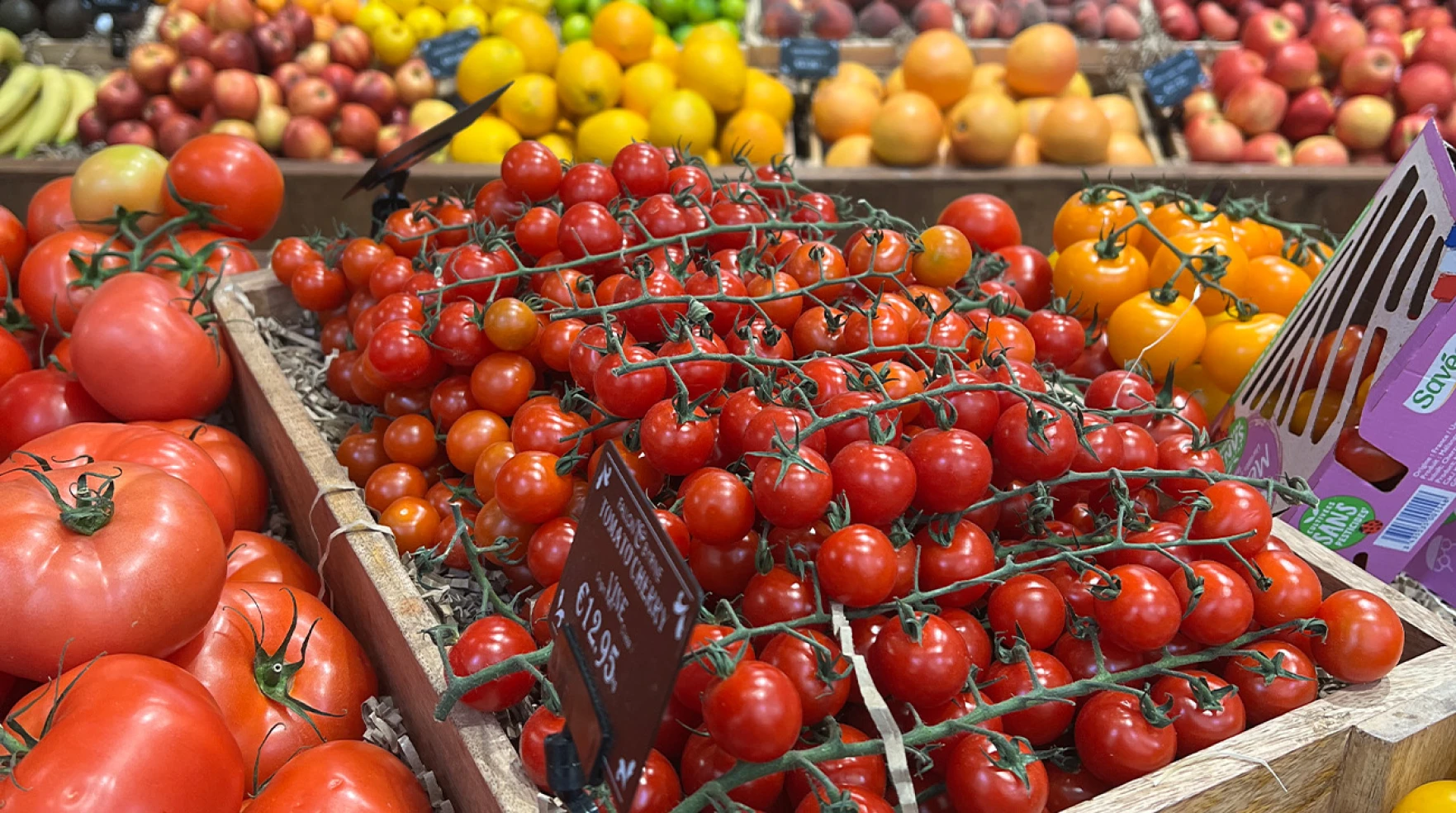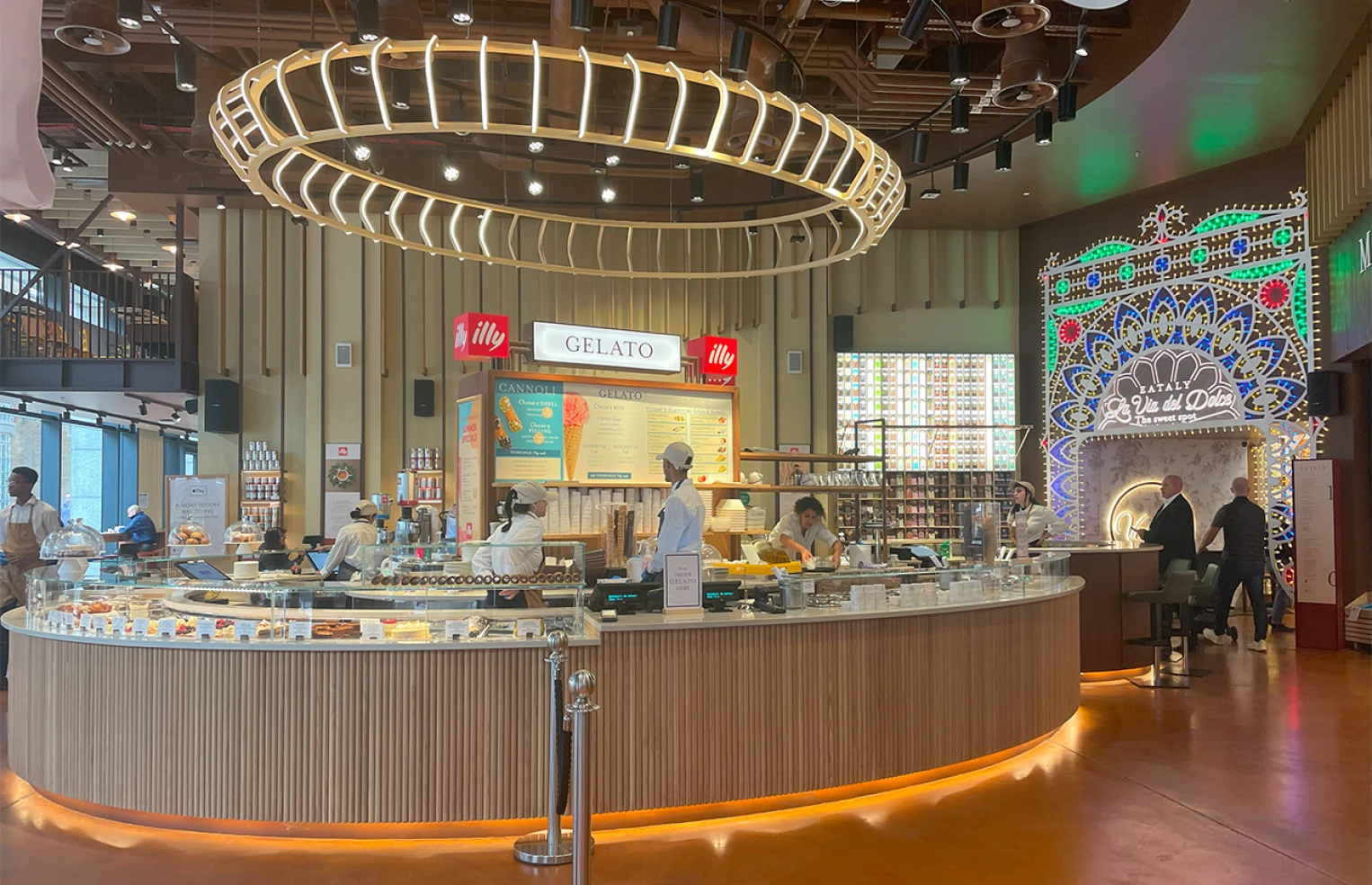The Rise of Grocery Fulfilment
Insights
There is no doubt that while retail has somewhat recovered post pandemic, there is still a need for each sector of retail to find ways to earn the commute of their customers, gain a greater footfall in stores, drive more transactions and make the footprint of the stores work more efficiently.

A lot to consider for a single space, so what are the potential design strategies which can be implemented to achieve this?
Here we’re going to focus on the grocery sector. What we see as the future for this space and how the traditional grocery store can evolve and provide more efficiency but also a greater experience for consumers.
Across Europe there has been a surge in online sales, and whilst these have reverted to pre-pandemic levels, it hasn’t negated the fact that people have formed some new habits. Increasing inflation has also started to see a new trend amongst consumers.
A recent joint analysis conducted by data company Affinity and McKinsey notes that there has been a marked decrease in spending on mid-priced goods and services, noting a decline of 10 percent over the past 5 years. So, people are either saving or splurging.
What relevance does this have on the design approach for the grocery store?
Consumers are on the hunt for good value, good quality and are willing to pay for good service. The rise of the fulfilment store allows retailers to provide a very different omni-channel experience to their customers while enabling their space to work more efficiently with the potential of providing greater value to customers, and engaging with the absent audiences which may have moved online.

Eataly, London
So, what might this design look like in reality?
Across Europe fulfilment stores are gaining traction and the key to the success of the space lies in the design and strategy. The local store becomes a space which provides a greater customer experience while acting as a space for speedy fulfilment be it for deliveries out, or a click-and-collect service all under one roof.
While much of the footprint of these stores is dedicated to the fulfilment side of the business, areas are integrated into the space for ‘click-and-collect’.
Retailers gain strength through the development of eco systems, forming new collaborations or joint ventures. Local providers can be showcased with dedicated space where they can provide fresh produce which customers can browse and select from when collecting their online shop in person should they wish.
The consideration and incorporation of social spaces provides a platform for engaging with customers. Zones where people can learn about food, hold tastings or demonstration kitchens for classes and live streaming.
The incorporation of restaurant and café space can enable these stores to have the space for hosting community events. The supermarket can become a cultural beacon within its locality.
These are not dark stores, they are new ways for food retailers to add to an existing model, re-engage with customers, while providing a hyper efficient, localised delivery service.